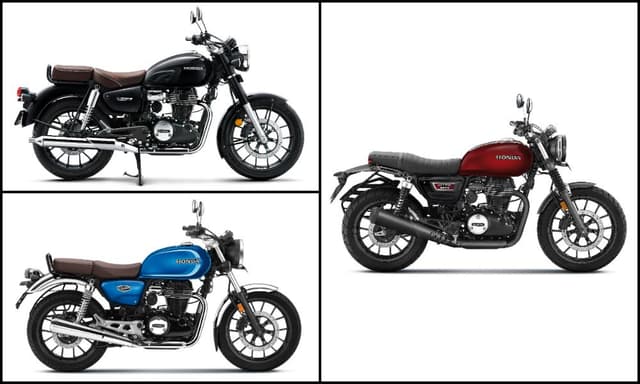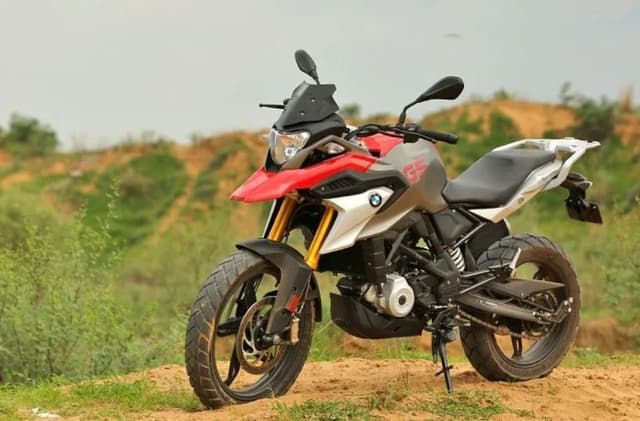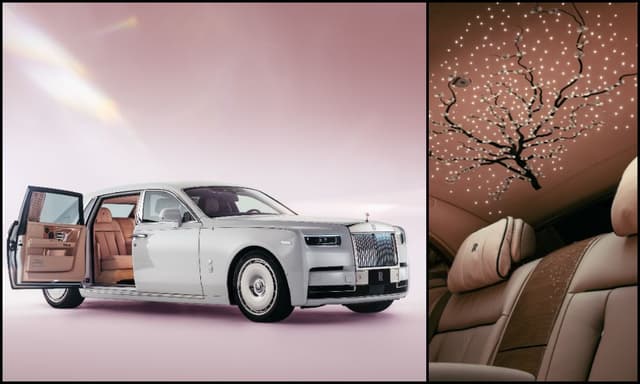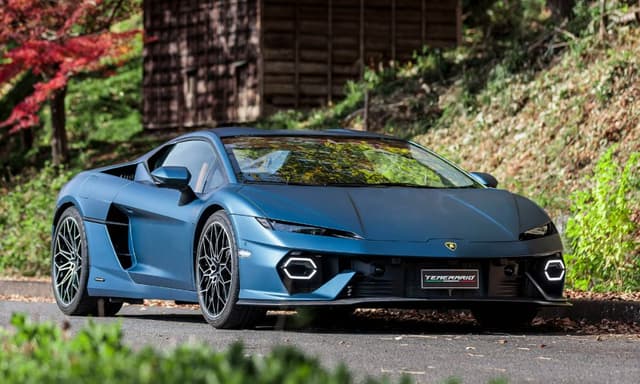Nissan Magnite Is The First Sub Rs. 20 Lakh Car To Get Wireless Apple CarPlay & Android Auto But Is

Highlights
- Nissan Magnite has wireless Apple CarPlay and Android Auto
- It gets an 8-inch touchscreen infotainment display
- It also has a dedicated microphone for clear calls and 360 degree camera
The Nissan Magnite is the hottest new subcompact SUV in town. It dazzles with its price and size, but what really stands out here is the fact that it is the first car in India to offer wireless Apple CarPlay and Android Auto and is yet priced well south of Rs 20 lakh. In fact, there are many vehicles which are much more expensive than that number and they still don't offer this feature which should be the case. As awesome this news is, it is also quite alarming that auto manufacturers haven't caught up to the basics of wireless communication, which have been standard issue for half a decade.
Also Read: Nissan Magnite Subcompact SUV Review
So how does the wireless CarPlay and Android Auto work? It is quite simple - the car needs to have Bluetooth (which has been a standard issue, for now, more than a decade). But aside from this, it needs in-car Wi-Fi - and that too with a dual-band router. Adding a dual-band router and integrating it in the car infotainment system (then marrying it with the firmware to enable wireless CarPlay and Android Auto) is not rocket science, and neither is it expensive. I will not dive deep into the "bill of materials" for a car infotainment system, but you can look at an aftermarket solution - like the one from Pioneer (AVH-Z9290BT) which costs Rs 49,990. And you should also see what all it offers.
Also Read: Nissan Magnite Subcompact SUV Launched In India

The Magnite is one of the first cars to offer Wireless Apple CarPlay and Android Auto
It has features like a pin-sharp full HD 7-inch screen that also supports 24-bit colour. It has wireless CarPlay and Android Auto, a 3-way network mode which can support multiple speakers and amplifiers and a 48-bit dual-core processor, wireless mirroring and support for video via USB. It can even support 20 phones via Bluetooth at the same time. It even integrates high-speed charging and offers compatibility with the rear cameras.
Also Read: Nissan Magnite vs Rivals: Price Comparison
In a nutshell, you're getting a lot. But on cars that cost up to Rs 20 lakhs - you still don't get video, advanced audio capabilities supporting multiple amplifiers, fast charging and support for multiple devices via Bluetooth. And I'm not even talking about wireless CarPlay and Android Auto.

The Pioneer deck retails for Rs 49,990
So while I do appreciate the feature on the Magnite as it takes the lead - such a system should increasingly become standard. Now the automakers will claim (looking at the Rs 49,990 cost of the Pioneer) - it is an added cost and especially on cars in price-sensitive segments, that may not be a feasible option. But my argument here is that even the Pioneer deck is overpriced when you compare with what's available on consumer electronics like even an affordable smartphone like the Xiaomi Redmi Note 9 Pro which costs less than Rs 15,000 and has a 6.67-inch screen. You add to this the cost of a dual-band wireless router by TP-Link which will cost around Rs 2,000, you still don't come close to a figure of Rs 30,000. So what Pioneer is selling is definitely a case of massive margins - given there are few players in the arena. But by that logic then, what the automakers are doing (or not doing in this case!) is even more ghastly.
So what Nissan has done is admirable, but one would hope for more in the near future. At the end of the day, for many, who commute on their own, it is possible they spend more time in the car listening to podcasts, music or even talking on the phone wirelessly - wireless CarPlay and Android Auto is a fundamental need. It is ridiculous that this feature is just reserved for ultra-premium vehicles because the technology is there in our everyday lives and it has been democratised and commoditised due to the advent of smartphones and mobile internet. The automakers can't use this as an excuse anymore - and we as consumers must demand better - and more.
Last Updated on December 2, 2020


















